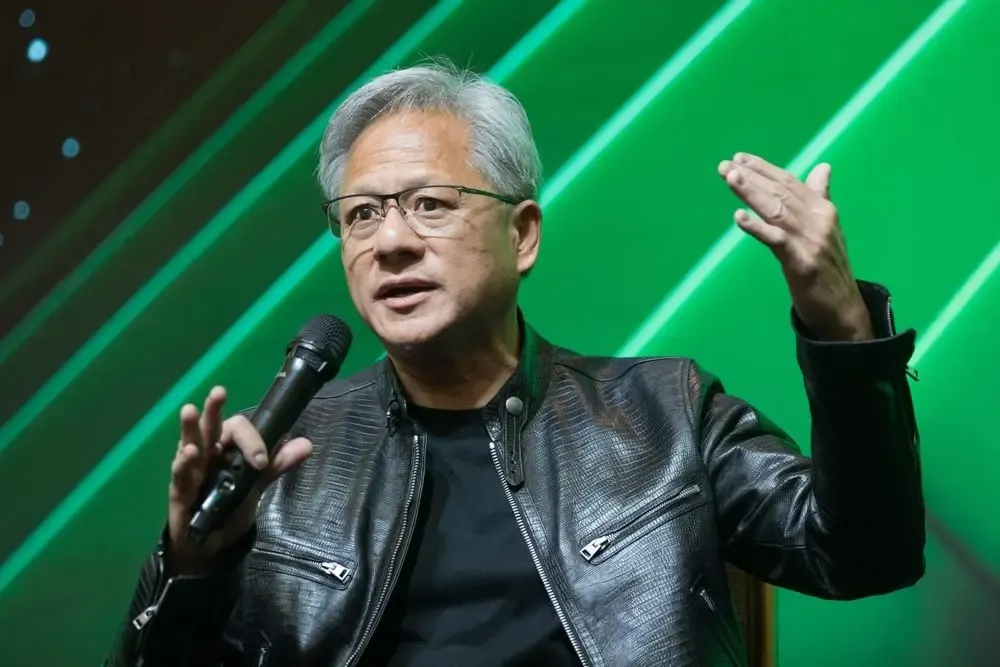 Since ChatGPT’s launch, OpenAI—led by CEO Sam Altman—has rolled out subscription plans for both consumers and businesses. (Image Source: Antonello Marangi via Shutterstock)
Since ChatGPT’s launch, OpenAI—led by CEO Sam Altman—has rolled out subscription plans for both consumers and businesses. (Image Source: Antonello Marangi via Shutterstock)Despite the optimistic revenue forecast, OpenAI does not anticipate achieving positive cash flow until 2029. This delay is attributed to substantial investments in developing advanced AI systems, encompassing expenses for specialized chips, data centers, and top-tier talent acquisition. By 2029, the company projects revenues to exceed $125 billion, reflecting confidence in sustained growth and market expansion.
Since the launch of ChatGPT over two years ago, OpenAI has diversified its offerings with various subscription models tailored for both consumers and businesses. As of February 2025, the platform boasts over 2 million paying business users, indicating robust market penetration and the growing reliance on AI-driven solutions in professional environments.
 Chinese startup DeepSeek is making waves with a low-cost AI model rivaling top U.S. systems, triggering sharp market reactions and tech stock dips. (Image via Shutterstock)
Chinese startup DeepSeek is making waves with a low-cost AI model rivaling top U.S. systems, triggering sharp market reactions and tech stock dips. (Image via Shutterstock)The AI sector is witnessing a surge of innovation, with numerous startups entering the arena and challenging established entities like OpenAI. Notably, Chinese startup DeepSeek has garnered attention by developing an advanced AI model that rivals leading U.S. counterparts at a fraction of the cost. This development has prompted significant market reactions, including a notable decline in the stock value of major tech firms.
In the United States, Safe Superintelligence Inc. (SSI), co-founded by former OpenAI chief scientist Ilya Sutskever, is dedicated to the safe development of superintelligent AI systems. Despite its nascent stage and a team of approximately 20 employees, SSI has achieved a valuation of $30 billion, reflecting substantial investor interest in its mission.
Europe is also making strides in the AI domain. French startup Mistral AI specializes in open-weight large language models and has introduced products like Mistral 7B and Mixtral 8x7B. The company's innovative approach has positioned it as a formidable competitor in the global AI landscape.
The influx of emerging AI companies has intensified competition, leading to significant shifts in investor sentiment. For instance, the rise of DeepSeek has been described as a "Sputnik moment" for American AI, challenging the dominance of U.S.-based models and prompting a reevaluation of investment strategies within the sector.
Furthermore, established AI firms like Anthropic are attracting substantial investments despite incurring significant losses. Anthropic, known for developing the AI chatbot Claude, is reportedly in talks to secure $2 billion in funding at a $60 billion valuation. This trend highlights the high stakes and speculative nature of investments in the rapidly evolving AI industry.
The fierce rivalry in the AI space is fueling bold financial moves. OpenAI has secured massive backing from tech giants like Microsoft and Nvidia and is now reportedly finalizing a $40 billion funding round led by SoftBank, pushing its valuation close to $300 billion. Meanwhile, Anthropic, despite ongoing losses, is reportedly seeking another $2 billion in funding at a staggering $60 billion valuation. These figures highlight just how aggressive and speculative the AI investment landscape has become.
OpenAI's projected revenue growth in 2025 exemplifies the burgeoning demand for AI technologies and their integration into various facets of business and society. However, the emergence of new players like DeepSeek, SSI, and Mistral AI signifies a dynamic and competitive landscape. As these companies continue to innovate and attract investment, the AI sector is poised for transformative advancements that could redefine technological capabilities and market dynamics in the years to come.

Democrats report accuses Trump of crypto move

Texas becomes the first U.S. state to purchase bitcoin

Africa launches ADAPT to unlock $70B in trade value

Nvidia CEO’s “China will win AI” remark triggers storm